To counter PKK and PJAK activities in the Kurdish-dominated regions of the southeast and eastern Kurdistan
provinces, it seems both Turkish and Iranian policymakers are closely reviewing the Tigers’ experiment in Sri Lanka, and they plan to repeat the same type of victory in their final showdown with PKK and PJAK.
By Salah Bayaziddi
During the past few years, both Turkish and Iranian military have appeared as an aggressor who can easily cross the border of Kurdistan Region, intentionally engage in shelling and bombardment of civilians and openly show their disrespect for the international laws of the sovereign states.
During the past few years, both Turkish and Iranian military have appeared as an aggressor who can easily cross the border of Kurdistan Region, intentionally engage in shelling and bombardment of civilians and openly show their disrespect for the international laws of the sovereign states.
However, the recent military actions of Turkey and Iran seem to be a joined and pre-planned operation and they have pretext of the removal of Kurdish Workers’ Party (PKK) forces from the Qandil Mountains and border regions once and for all. In their “final showdown” with PKK, both Turkey and Iran seem to have turned to Sri Lanka for lessons in beating down an insurgency while they could look for peaceful solutions to ethnic problems in countries such as Spain (Basques) and Great Britain (Irish Republican Army).
Both countries clearly were jubilant and excited having witnessed the Sri Lankan government finally declare victory over the armed insurgent group Liberation Tigers of Tamil Eelam (LTTE) in 2009, it was an end to the island’s 26 years of civil war and uncompromising brutal ethnic conflict. More than a year ago, I wrote about the possibility of such a plan, and now it seems to achieve a military victory, Turkish and Iranian policymakers aim to take all measures and are reviewing different scenarios to repeat the Sri Lankan experiment.
No doubt the Sri Lankan experiment seems to have brought to a close the Tigers’ fight for a separate state, and it enforces the domination of the exclusionist political system of the Sinhalese majority over the Tamil minority in an ethnic conflict that witnessed the deaths of more than 100,000 people. Far from Sri Lanka, the Kurdish national movement in both Turkey and Iran, a chronic case of ethnic conflict in the Middle East, has remained defiant to the assimilation and pan-Turkism policies of Turkey and denial of national rights of Kurds in Iran since the rise of the modern Republic of Turkey in 1923. As with the Tamil conflict, an ethnic armed organization, PKK, has been fighting against the exclusionist state of the Turkish majority since 1984 and its close associate, Free Life Party of Kurdistan (PJAK) in Iran since 2005. To counter PKK and PJAK activities in the Kurdish-dominated regions of the southeast and eastern Kurdistan provinces, it seems both Turkish and Iranian policymakers are closely reviewing the Tigers’ experiment in Sri Lanka, and they plan to repeat the same type of victory in their final showdown with PKK and PJAK.
Since the end of World War II and the recognition of the boundaries of the nation-state, the international system has not favored dramatic changes; stateless nationalism had no choice but to engage in war of secession, which in turn develops into major regional conflicts. Unlike the Kurdish conflict in Turkey, resentment of the Tamils’ privileged status under British colonial rulers surfaced when the Sinhalese majority took power after independence in 1948. With Sinhalese nationalism on the rise, the Tamil minority was pushed aside and had no choice but to take up arms and a full-scale war erupted years later. In the middle of this period, the Tamil Tigers formed in 1983 to wage a war of secession on the exclusionist government of the Sinhalese majority on behalf of the Tamil minority. The Tamil Tigers opted for extremism and wanted a separate Tamil homeland. To combat this plan, the Sri Lankan government took all counter measures to defeat them, resulting in 26 years of brutal civil war on this island. Along the bloody line of this ethnic conflict, sometimes “the national struggle” came to justify methods that could badly damage the popular support of the movement. The Tigers’ use of suicide bombers and government accusations of Tamil’s recruiting children as young as 13 to fight and using human shields seemed to have weakened LTTE’s position in its fight against the Sri Lankan government.
In the same way, the old structure of the Cold War era couldn’t protect the boundaries of the Turkish and Persian majority role from the growth of the Kurdish nationalism, and no more the structure of nation-state could be seen as a legitimate political system in multi-ethnic societies. It was in this political hothouse atmosphere that the Kurdish nationalist movement in 1980s and the 1990s, led by the PKK, started to challenge the structure of the state and its legitimate Kemalist ideology of one state and one nation. In Iran, since the fall of the shah in 1979, the Kurdish national movement seems to be the major ethnic group to challenge anti-minority policies and denial of national rights. It was some measures of the growing support for the widespread Kurdish radicalization that prompted the military to claim it was acting to foil a Kurdish uprising. There are other tactical and logistical measures that helped intensify PKK and PJAK’s armed uprising against the Turkish and Iranian states. In this respect, we can talk about the use of classic guerrilla warfare. By the late 1980s and early 1990s, PKK had acquired the characteristic of a mass uprising and received some degree of sanctuary and training facilities from neighboring countries while the Kurdish insurgency was losing the momentum in Iran.
Unlike PKK and PJAK, the Tamil Tigers had no luxury of such geographical favors as high mountains or mobile personnel for waging a classic guerrilla war. They were completely surrounded inside relatively small coastal areas in the northeast on a border with an enemy who was fully armed in the south. They had limited room to maneuver on the ground. However, at the peak of their strength, the Tamil Tigers had close to 15,000 fighters, controlled nearly a third of the island, and were operating an effectively autonomous Tamil state. By spring 2009, the Sri Lankan government was reviewing a plan to finish the Tamil Tigers’ insurgency once and for all, and it was clear that in the Sinhalese’s majority political system, there was no room for a Tamil enclave state to exist.
When the president of Sri Lanka declared the Tamil Tigers defeated, it was an end to several decades of bitter ethnic bloodshed. The Sri Lankan military had captured the last strip of beach held by the Tamil Tigers, leaving them completely surrounded and eventually denying them a chance of escaping by boat. During these military operations, the Sri Lankan government also barred diplomats, independent journalists and most aid workers from the conflict area where an independent probe into possible war crimes in Sri Lanka was vital. When Sri Lankan troops killed the Tamil Tigers’ leader, Velupillai Prabhakaran, it was a major blow to the Tigers’ fight for a separate state.
It seems there’s no doubt that to achieve such a military victory, both Turkish and Iranian policymakers aim to take all drastic measures and are reviewing different scenarios to repeat Sri Lanka’s experiment during the current intensifying airstrikes and bombardment of Kurdistan borders. Yet today, following the major pro-democracy movements in northern Africa and the Middle East, we are witnessing a different world, and at almost every turn, violent ethnic confrontations have yielded negotiated peace accords, such as the case with the Kosovo Liberation Army or the Irish Republican Army. Neither Turkey nor Iran should look for a military solution to the Kurdish question, and Turkish and Iranian policymakers should learn their lessons from the past and finally come to the conclusion there are no similarities between the Tamil Tigers in Sri Lanka and the Kurdish national movements in Turkey and Iran. The Kurdish question in Turkey and Iran is not just about the presence of a few thousand armed PKK and PJAK fighters in the border regions. There is a widespread historical grievance and dissatisfaction among Kurdish people in every corner of both these countries, and the Turkish and Iranian governments should finally come to their senses and look for a long-standing peaceful solution to the Kurdish conflict.
The Kurdish Globe

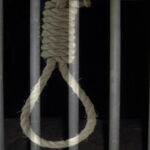
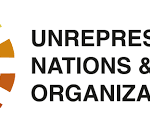





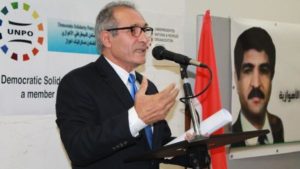
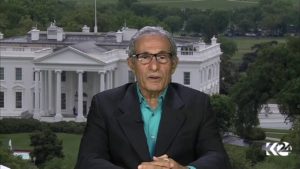
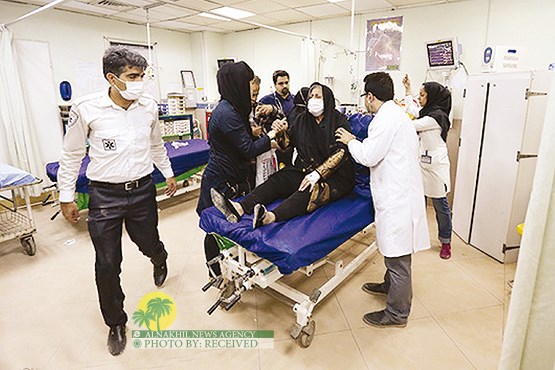





+ There are no comments
Add yours